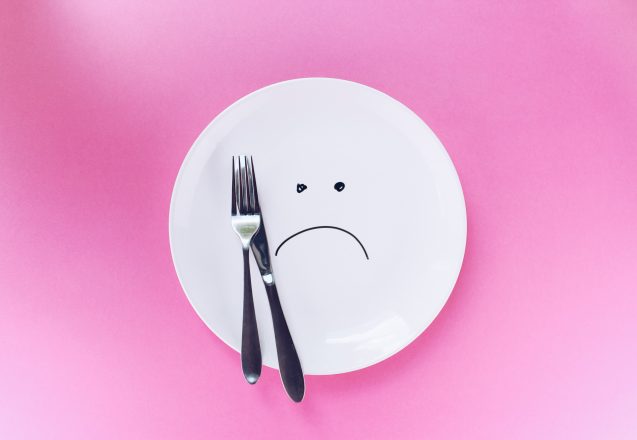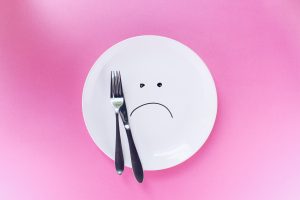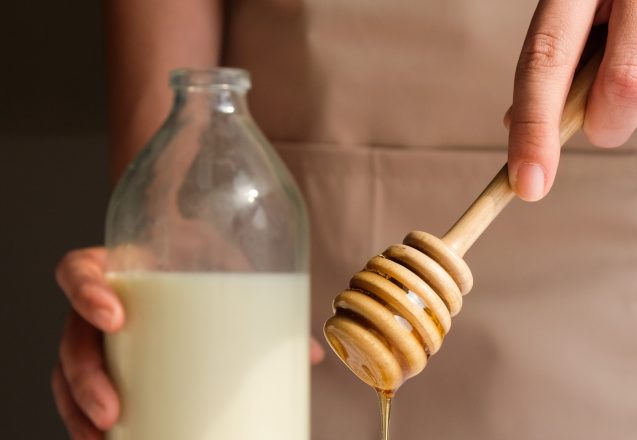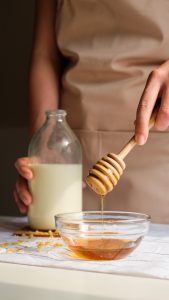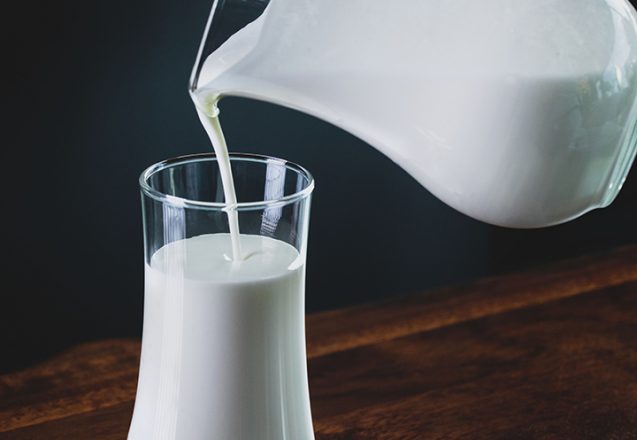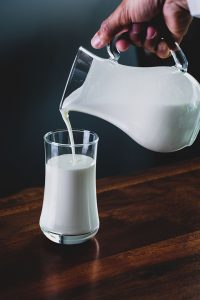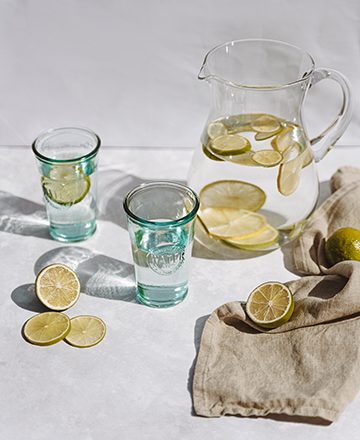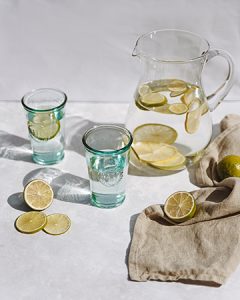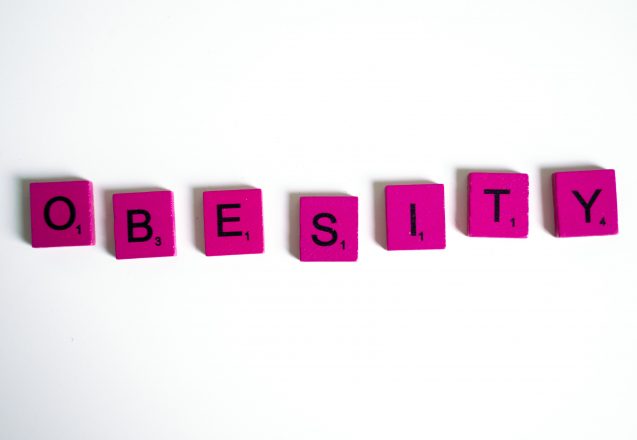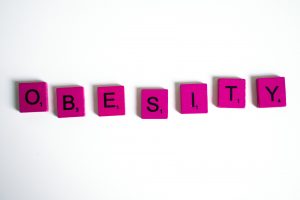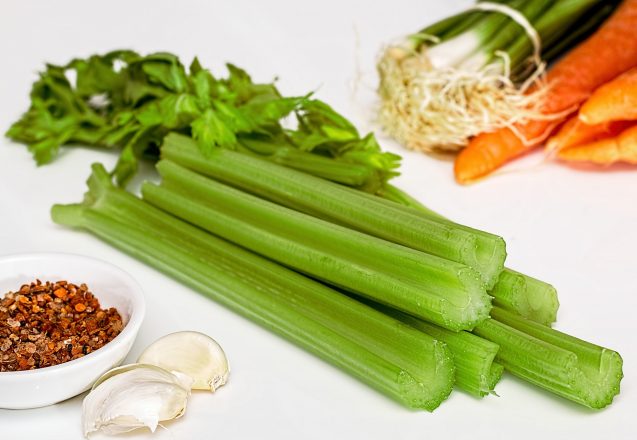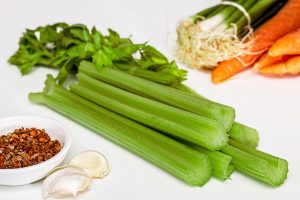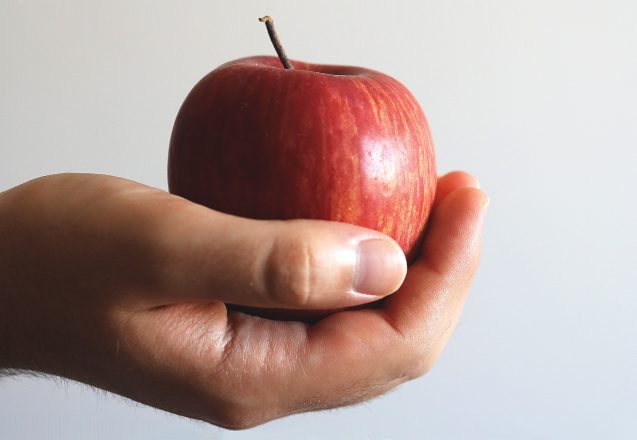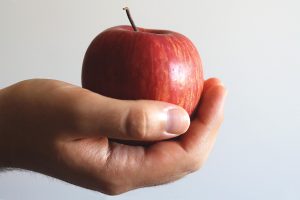Why Is Physical Activity So Important?
 One reason I went into the area of fitness is because I knew that physical activity was a key factor to good health and extremely important. My aim was to provide the knowledge that could help people become their best. There are three four types of physical fitness, aerobic, strength, flexibility and balance. A healthy program focuses on all four, since each plays a role in your overall good health.
One reason I went into the area of fitness is because I knew that physical activity was a key factor to good health and extremely important. My aim was to provide the knowledge that could help people become their best. There are three four types of physical fitness, aerobic, strength, flexibility and balance. A healthy program focuses on all four, since each plays a role in your overall good health.
You’ll get immediate benefits from participating in physical activity.
As you exercise, you’ll burn off the hormones of stress and increase circulation. Immediately following a moderate-to vigorous workout, you’ll experience other benefits, such as improved cognitive skills and thinking. It reduces the feeling of anxiety and sharpens your skills and judgement. Physical activity makes learning and remembering things easier.
Exercise is heart healthy and can help control diabetes.
Studies show that getting at least 150 minutes of moderate aerobic exercise can lower your blood pressure and reduce the risk of coronary disease. Getting more than 150 minutes is even better. Exercise also helps For people with metabolic syndrome or type 2 diabetes, it’s even more important. It lowers the risk of complications and if you lose weight as you exercise, can even help reduce the medication necessary. Studies show that obese people with diabetes can reduce their insulin resistance by up to 57% by losing as little as 7% of bodyweight.
Strength training can help prevent osteoporosis.
When you do weight bearing exercise, you’re not only building your muscle strength, you’re building the strength of your bones. Around age 30, bone mass peaks and then starts to decline, unless you exercise regularly. People who don’t exercise or get little weight bearing or strength building exercise lose the most bone mass.When the muscle tugs on the bone, the bone strengthens itself by becoming denser. Studies show that regular strength building and weight-bearing exercise can slow the decline and in some cases, increase bone mass.
- Exercise can help you lose weight in two ways. It burns additional calories to create a greater calorie deficit and can boost your metabolism, since muscle mass requires more calories to maintain than fat tissue does.
- The older you get, the more important exercise becomes. It helps stabilize you and improves balance to prevent falls that can break bones and alter your life forever.
- Regular exercise can help relieve the pain. It helps prevent muscle pain in the back and can lubricate joints to prevent joint pain. It can help relieve the pain of arthritis, fibromyalgia and chronic pain.
- A program of regular exercise can help lift your spirits and prevent depression. Not only does it burn off stress hormones, it also increases hormones that make you feel good.
For more information, contact us today at Prime Fitness Studio


